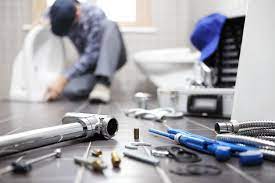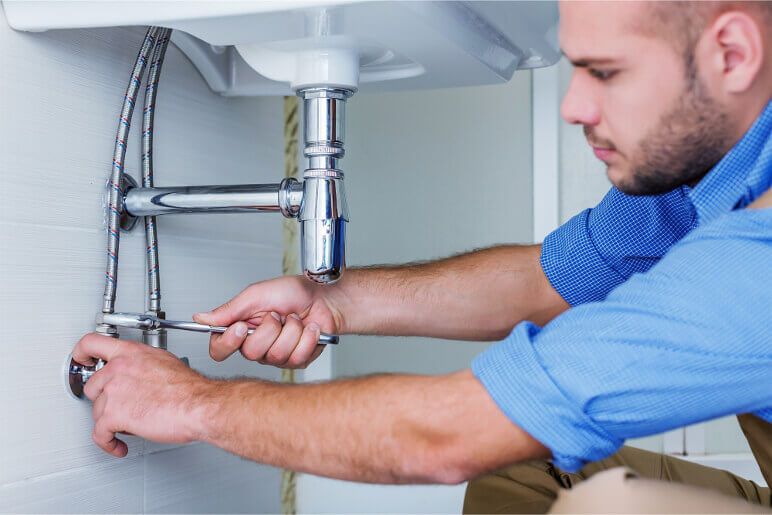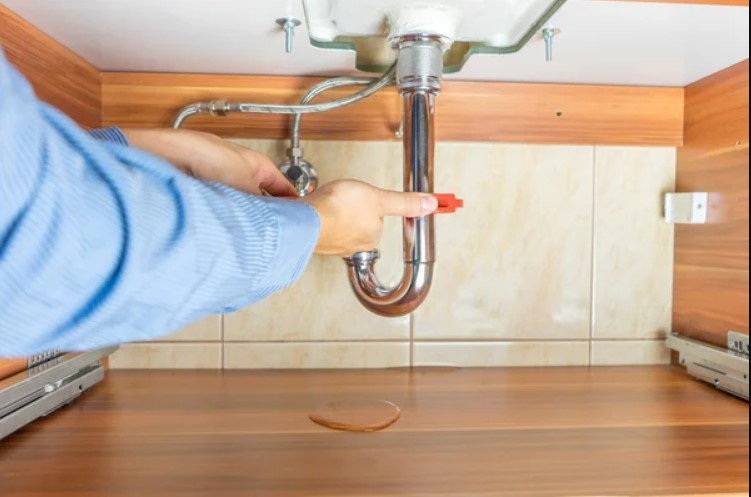What happens when small pipe leaks under your sink aren’t fixed quickly?
If small pipe leaks under your sink aren’t fixed quickly, they can cause serious damage to your home. Water can cause wood to rot, and it can also lead to mold and mildew growth. If the leak is left unrepaired, it could eventually cause the sink to collapse. In addition, small leaks can waste a lot of water and increase your water bill. Therefore, it’s important to repair any leaks as soon as possible.
The Dangers of Small Pipe Leaks
If you have a small pipe leak, it’s important to get it fixed as soon as possible. While a seemingly minor problem, a small leak can cause big problems down the road – including water damage to your home, serious health hazards, and even fires. Leaks in water pipes are one of the most common – and costly – problems facing homeowners today. In fact, the average household leaks can account for more than 10,000 gallons of water wasted each year, or the amount of water needed to wash 270 loads of laundry. While a dripping faucet might not seem like a big deal, even a slow leak can waste a lot of water and add up quickly on your water bill. And, if left unrepaired, a small leak can turn into a big problem that causes extensive damage to your home. Water damage is one of the most common – and costly – types of damage caused by leaks. In fact, leaks are responsible for more than $13 billion in property damage each year, according to the Insurance Information Institute. Even a slow leak can cause serious water damage.
For example, a 1/8-inch hole in a pipe can spew out more than 250 gallons of water a day, while a 1/4-inch hole can gush out more than 1,000 gallons per day. A small water leak can also lead to the growth of mold and mildew, which can cause serious health problems, particularly for young children, the elderly, and people with asthma or other respiratory problems. Mold and mildew can cause a host of health problems, including respiratory infections, skin rashes, and headaches. In some cases, mold and mildew can even cause death. Fires are another potential danger of small water leaks. In fact, according to the National Fire Protection Association, leaks are the second leading cause of residential fires, accounting for more than 16,000 fires each year. Leaking water can come into contact with electrical wiring, causing a short circuit that can start a fire. Even a small fire can cause extensive damage to your home, not to mention the health hazards posed by smoke and other toxins. So, if you have a small water leak, don’t wait to get it fixed. Contact a licensed plumber to repair the leak as soon as possible to avoid any of these potential dangers.
The Importance of Quickly Fixing Small Pipe Leaks
If you have a small pipe leak, it’s important to fix it as soon as possible. Small leaks can quickly turn into big problems, and the sooner you address the issue, the better. Here’s why you should take care of small pipe leaks right away:
1. They wastes water. Even a tiny pipe leak can waste a lot of water over time. In fact, a single drip from a leaking faucet can waste up to 3,000 gallons of water per year. That’s enough water to take more than 180 showers! Fixing a small pipe leak is a great way to conserve water.
2. They’re bad for your plumbing. Pipe leaks put stress on your entire plumbing system. Over time, this can lead to bigger issues, such as burst pipes. Fixing small leaks now can help prevent more serious problems down the road.
3. They increase your water bill. Pipe leaks waste water, which means they also waste money. Even a tiny leak can add up to a big increase in your water bill. Fixing leaks is an easy way to save money on your water bill each month.
4. They can cause property damage. Leaks can cause water damage to your home or business. This can be anything from stained ceilings and walls to warped floors and ruined carpets. In severe cases, leaks can even lead to mold growth. Addressing leaks right away can help you avoid costly property damage.
5. They’re annoying. leaks can be noisy, and they can make it difficult to enjoy your home or office. If you have a leaky faucet, for example, the constant dripping can drive you crazy. Fixing small leaks is a great way to improve your quality of life. Fixing small pipe leaks may not seem like a big deal, but it’s actually very important. By taking care of leaks right away, you can save water, save money, and avoid property damage. So if you have a leak, don’t wait – get it fixed as soon as possible.
The Consequences of Not Fixing Small Pipe Leaks
We all know that leaks can be a nuisance, but when they’re small, they can often be ignored. After all, what’s a little water here and there? Unfortunately, those small leaks can have some pretty big consequences if they’re not fixed in a timely manner. Here are four potential consequences of failing to fix small pipe leaks:
1. Water Damage Even a slow drip can cause water damage to your home or business. When water seeps into cracks in walls or floors, it can lead to mold and mildew growth. In addition, water damage can cause paint or wallpaper to peel and wood to warp.
2. Higher Water Bills A small leak might not seem like much, but it can actually waste a lot of water. Over time, that wasted water can add up, leading to higher water bills.
3. Structural Damage In addition to causing cosmetic damage, water can also weaken the structure of your home or business. Wood rot, for example, is a common problem caused by water leaks. If left unaddressed, water damage can eventually cause structural problems that are costly to repair.
4. Environmental Damage Leaks aren’t just bad for your property; they can also harm the environment. When water leaks into the ground, it can contaminate the soil and groundwater. In addition, water leaks can put stress on local water infrastructure, leading to shortages. So, don’t ignore that small drip! Fixing leaks, no matter how small, is important for protecting your property and the environment.
What Happens When You Ignore a Small Pipe Leak?
If you have a small leak in a pipe, it is best to not ignore it and to fix it as soon as possible. If you do ignore it, the leak will continue and will get worse over time. The leak can cause water damage to your home, which can be expensive to repair. The leak can also lead to mold growth, which can be dangerous to your health.
Why You Should Never Ignore a Small Leak in Your pipes
Whether you have a faucet or shower that leaks or pipes that are dripping, it is important to take action right away. Many people think that a small leak is not a big deal and that it can wait to be fixed. Unfortunately, that is not the case. A small leak can quickly turn into a much larger one. In addition, a drip can waste a lot of water over time, which can end up costing you money.
What to Do When You Have a Small Leak in Your Sink
If you have a small leak in your sink, there are a few things you can do to fix it. First, you will want to identify the source of the leak. If the leak is coming from the faucet, you may be able to simply replace the washer. If the leak is coming from the drain, you may need to replace the gasket or seal. Once you have identified the source of the leak, you can purchase the necessary replacement part and install it yourself.








